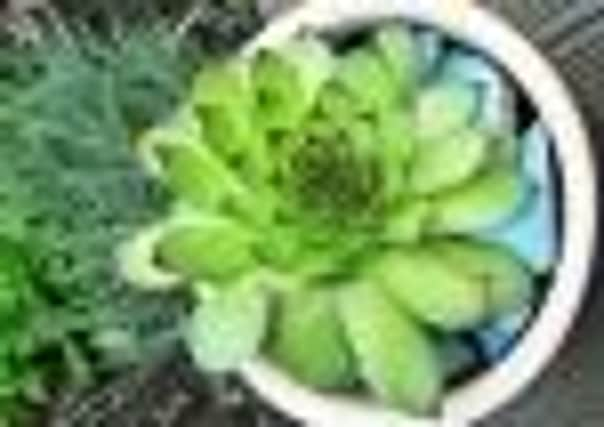A hard rain


In Yorkshire, the rain provided no let-up and both spring and summer were statistically the biggest washout in a century. Lack of sunshine and cooler-than-average temperatures added to the woes of gardeners with many plants refusing to grow until things improved – which they didn’t.
Weather pundits say all this is the result of global warming and could be repeated in 2013, so you could forgive gardeners who feel they need to prepare for the worst.
Advertisement
Hide AdAdvertisement
Hide AdThere could be a rush to build raised beds in which to grow annual flowers and vegetables. Raising the soil level by 20cm (8in or so) will provide some useful extra drainage to all manner of soils and give plants the chance to keep their heads above water.
But if you haven’t the energy to move all that soil, you could grow flowers in pots dotted throughout the beds and borders. Give them a boost by using a compost containing slow-release nutrients that will keep them well fed for six months or so. And if the weather is especially wet next year, it’s probably wise to put the pots on bricks so that excess rainwater drains away quickly and doesn’t stay around to waterlog pots and drown roots.
Decorative trees and shrubs aren’t usually affected dramatically by heavy rains because their woody skeletons hold up their flowers even in a downpour – but they, too, will benefit from feeding.
Few gardeners feed shrubs such as mock orange or hydrangea, but in wet weather – when nutrients are washed quickly through the soil – they will need help from added nutrients.
Advertisement
Hide AdAdvertisement
Hide AdScientists have developed continuous- release nutrient granules that release plant foods each and every day over a six-month period. You can find them as Osmocote or Miracle-Gro brands and they will feed plants throughout the growing season, whatever the heavens throw down.
An application to flowering shrubs and trees in March, just before real growth starts, will be effective right through until September.